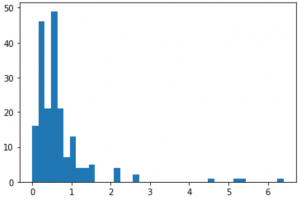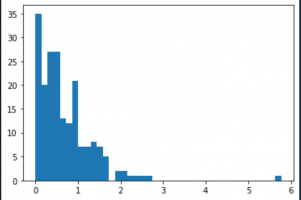AceMcAwesome
New member
- Joined
- Feb 10, 2022
- Messages
- 4
Hi, I have two groups of measurements (type A and type B) which were all done on the same set of 1000 objects. A longer measurement is bad, shorter measurement is good. I don't need to show that group B is superior to group A, I just need to show that group B is noninferior to group A. However, both measurement sets are not normally distributed. How do I do this calculation? Thanks!


